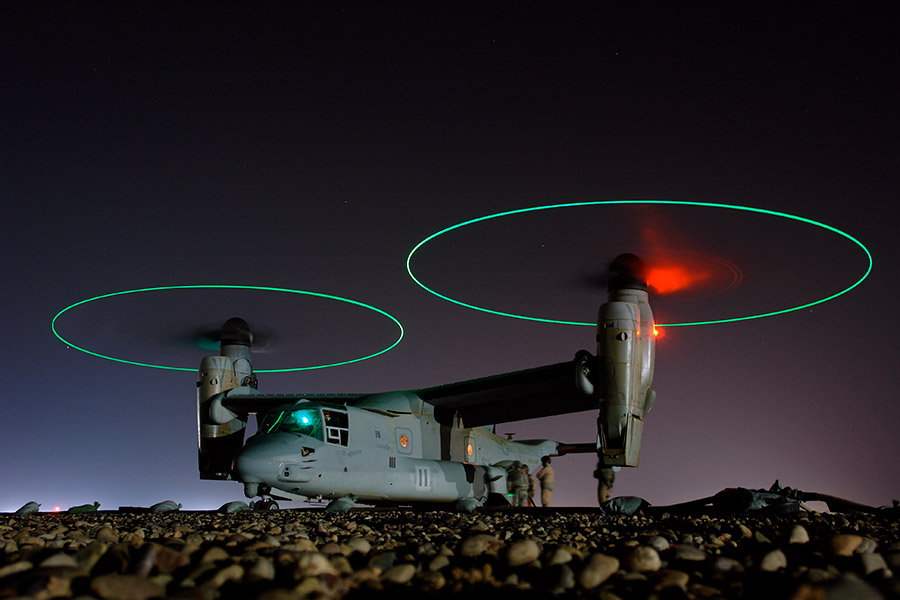Rotorcraft are required to work in some of the most challenging environments, and a simple light failure can cause increased workload on a pilot and even halt a mission due to regulatory requirements. For example, a pilot, flying in a dark environment, must concentrate on the mission and the hazards associated with the flight path. The failure of a cockpit control panel backlighting may cause the pilot to divert his or her eyes. Or perhaps a pilot performing an initial operations check identifies that the anti-collision light no longer flashes, and cannot begin the flight. In another example, a group of oil rig workers waiting to fly out to a station in the middle of the Gulf cannot take off due to a failure in the emergency lighting system.
The good news is that the reliability of aircraft lighting systems has dramatically improved with the use of solid-state lighting elements, including LED and electroluminescence (EL). With this technology, there are no filaments to fail. When outfitting a new rotorcraft or upgrading an existing rotorcraft, consider these newer technologies for a long-lasting, robust option that reduces operating and maintenance costs while eliminating the risk of rotorcraft service interruptions due to lighting failure.
Rotorcraft pilots are increasing their use of night vision imaging systems (NVIS) to support operations through dark environments. Requiring the use of night vision goggles, this can present challenges in viewing both interior cockpit displays and external rotorcraft lighting. MIL-STD-3009 specifies the requirements for internal and external aircraft lighting systems in terms of radiant energy interfaces and test procedures. For engineers specifying lighting for rotorcraft that are expected to perform night missions, it is essential to ensure that cockpit lighting, emergency lighting, and even the external lighting are NVIS-compatible and complaint. Compliant lighting reduces a pilot’s distraction to ensure safer aircraft operation and mission success.
An additional regulatory requirement calls for helicopters that fly over water to provide emergency exit illumination that is visible in a submerged or partially submerged cabin situation, and that operates up to a depth of 50 feet under water. This is to improve the chances of escape should the helicopter capsize after a ditching. Systems such as the Helicopter Emergency Egress Lighting (HEEL) system from Astronics LSI provides illuminated spatial orientation to disoriented occupants while escaping a capsized or submerged cabin.
For decades, rotorcraft lighting solutions from Astronics Luminescent Systems Inc. (LSI) have addressed both the reliability and NVIS compatibility requirements of advanced rotorcraft. Off-the-shelf and custom designed lighting systems are available for the cockpit, cabin, exterior, and emergency lighting needs for military and commercial operations. Astronics works in partnership with you to learn what your system requires, and develop the most efficient solution for you.

